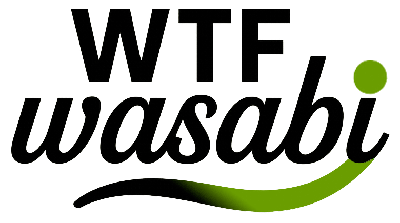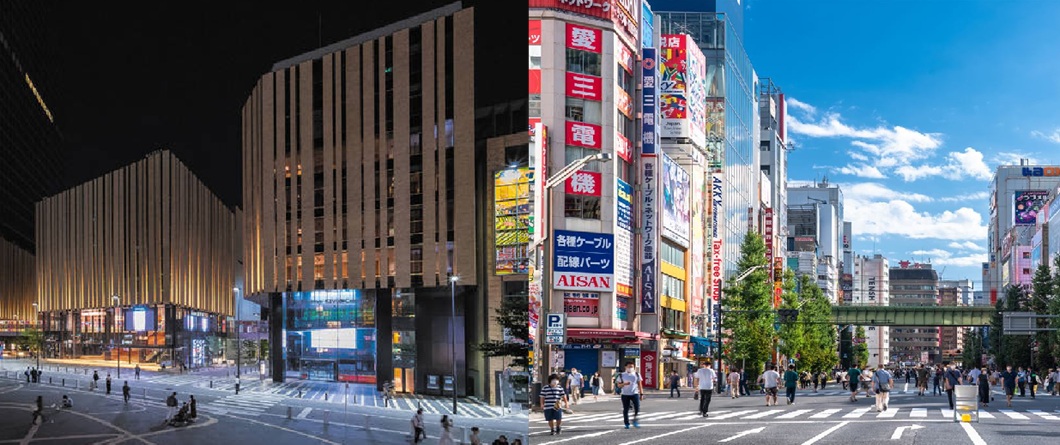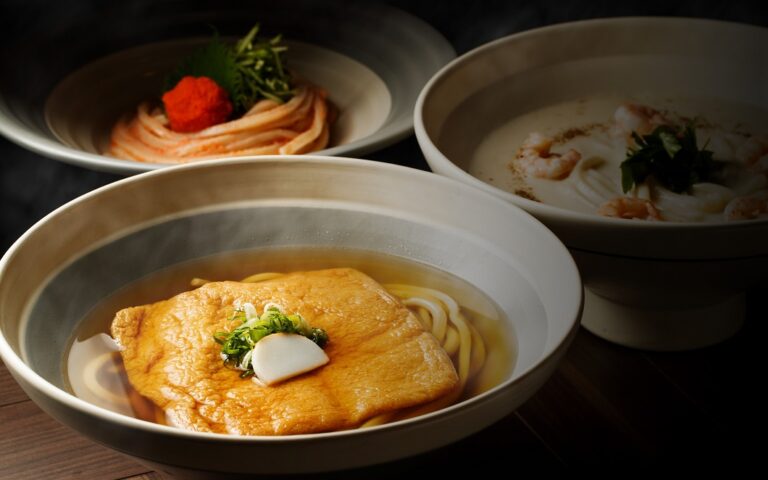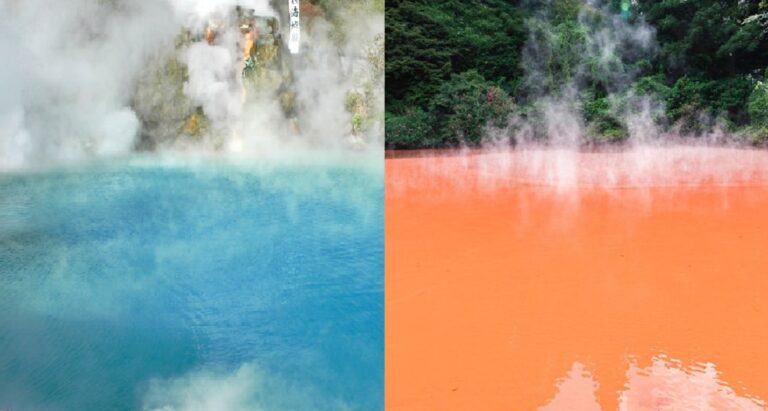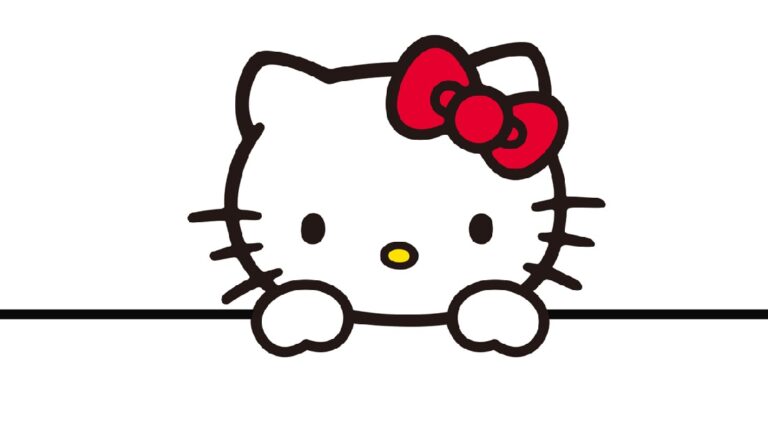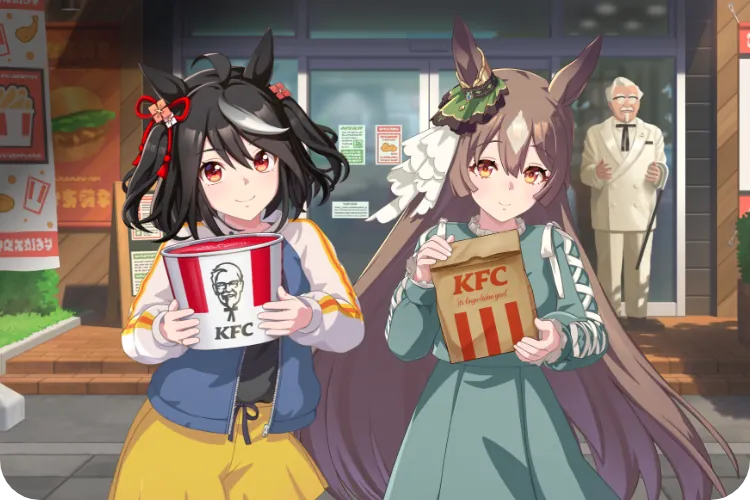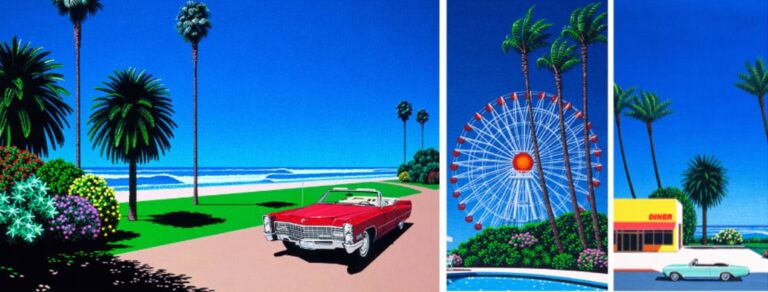From Akihabara to Ikebukuro: How Otaku’s Holy Land Evolved
In the world of anime, games, and manga, the idea of a “Holy Land” is more than just a place—it’s where fans gather, shop, express themselves, and feel understood.
For years, Akihabara reigned supreme. But as cities changed, so did fandom.
Today, many otaku—both in Japan and abroad—are turning to a new hub: Ikebukuro.
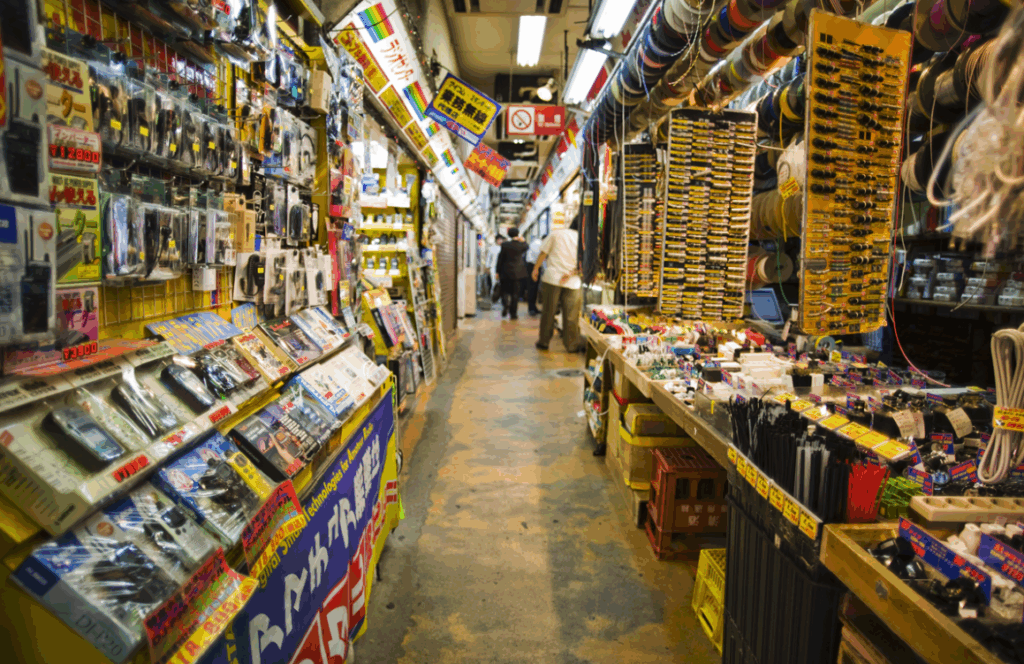
We trace how the center of otaku culture has changed and how Ikebukuro has become what it is today.
Akihabara in Its Prime
Once upon a time, Akihabara was undisputed as the “Holy Land of Otaku.”
A paradise of electronic parts, anime shops, doujinshi dealers, and figure havens—until the early 2000s, it stood at the frontline of otaku culture in Japan.
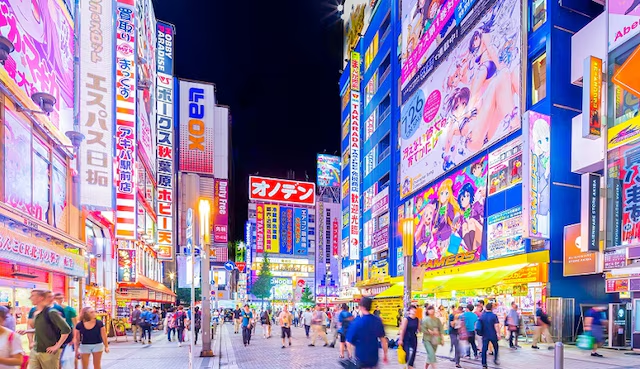
But in the 2010s, Akihabara Changed. Urban redevelopment swept through Akihabara.
Major electronics stores and maid cafés became its new face, while the chaotic, passionate density of the old otaku world slowly began to fade.
Meanwhile, another district quietly started gaining momentum: Ikebukuro.
The Rise of Otome Road and the Beginning of a Divide
While Akihabara catered to a mainly male audience, Ikebukuro evolved into a base for female otaku.
Centered around Otome Road, shops began specializing in BL, 2.5D stage actors, and otome games. The street became a cultural core for fujoshi culture.
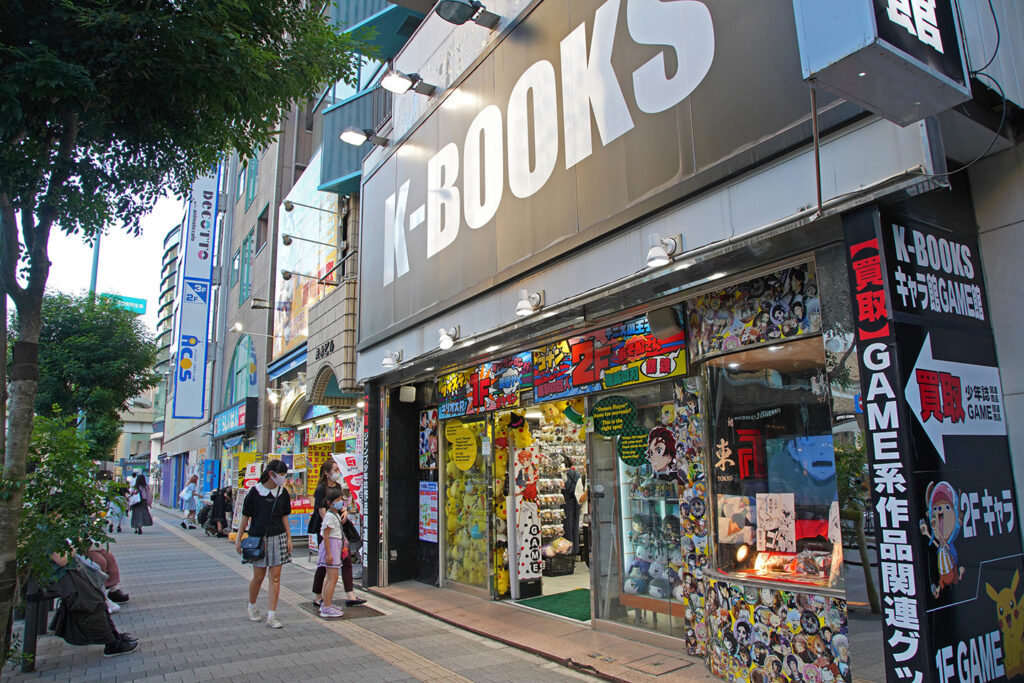
Toshimaen and the Wandering Cosplayers
The former amusement park Toshimaen once drew cosplayers for its “Cosplay Days” before it closed in 2020. With its fantasy-like setting, it became a low-key popular spot for photoshoots.
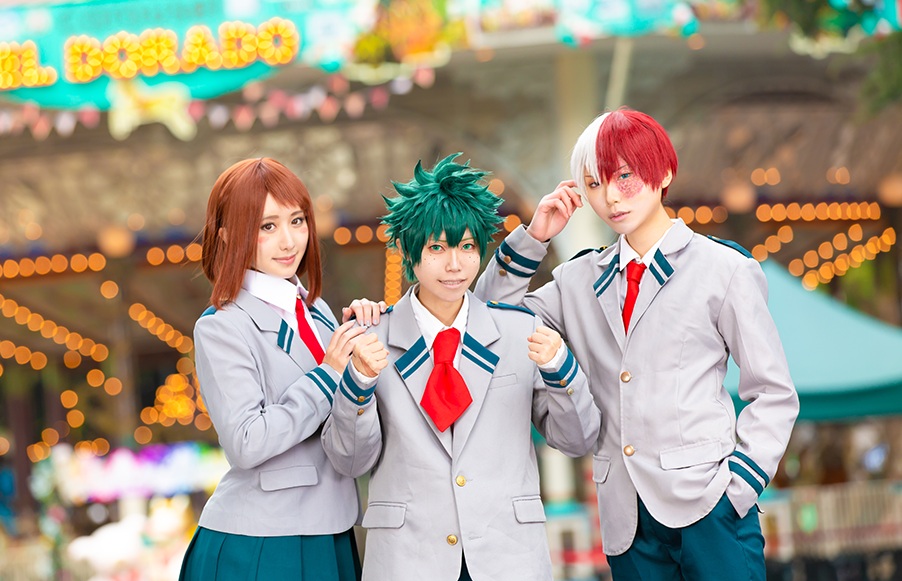
After its closure, cosplayers looking for new spaces began gathering naturally around Nakano Ikebukuro Park and the surrounding brick-paved promenades.
In the pre-redevelopment phase, the area felt relaxed, even loose—on weekends, you could spot people in cosplay just walking through town like it was no big deal.
That moment, in-between eras, was uniquely Ikebukuro.
Redevelopment, Cultural Design, and the New Animate Flagship
Ikebukuro then began transitioning from “female otaku hub” to a broader “city of culture.”
The renewed Minami-Ikebukuro Park, Global Ring in Nishi-Ikebukuro, and Hareza Ikebukuro with its theaters and event spaces—together formed the city’s infrastructure for expression and art.
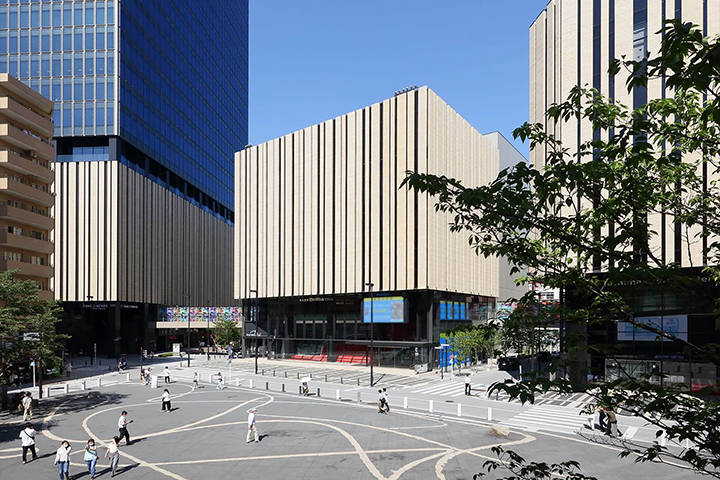
The symbolic milestone came in 2023, when Animate Ikebukuro Main Store reopened as a multi-floor tower.
Now with goods, books, gacha zones, cafés, and event space all under one roof, it became a comprehensive base for otaku of all stripes and backgrounds.
With that, Ikebukuro became a full-fledged destination for all kinds of otaku activity—not just for fujoshi, but for anyone with a “favorite.”
Where to Go for Otaku Fun in Today’s Ikebukuro
■ Animate Ikebukuro Main Store (Animate Tower)
Landmark of the modern otaku pilgrimage. You’ll find everything from top-ranking goods to niche events.
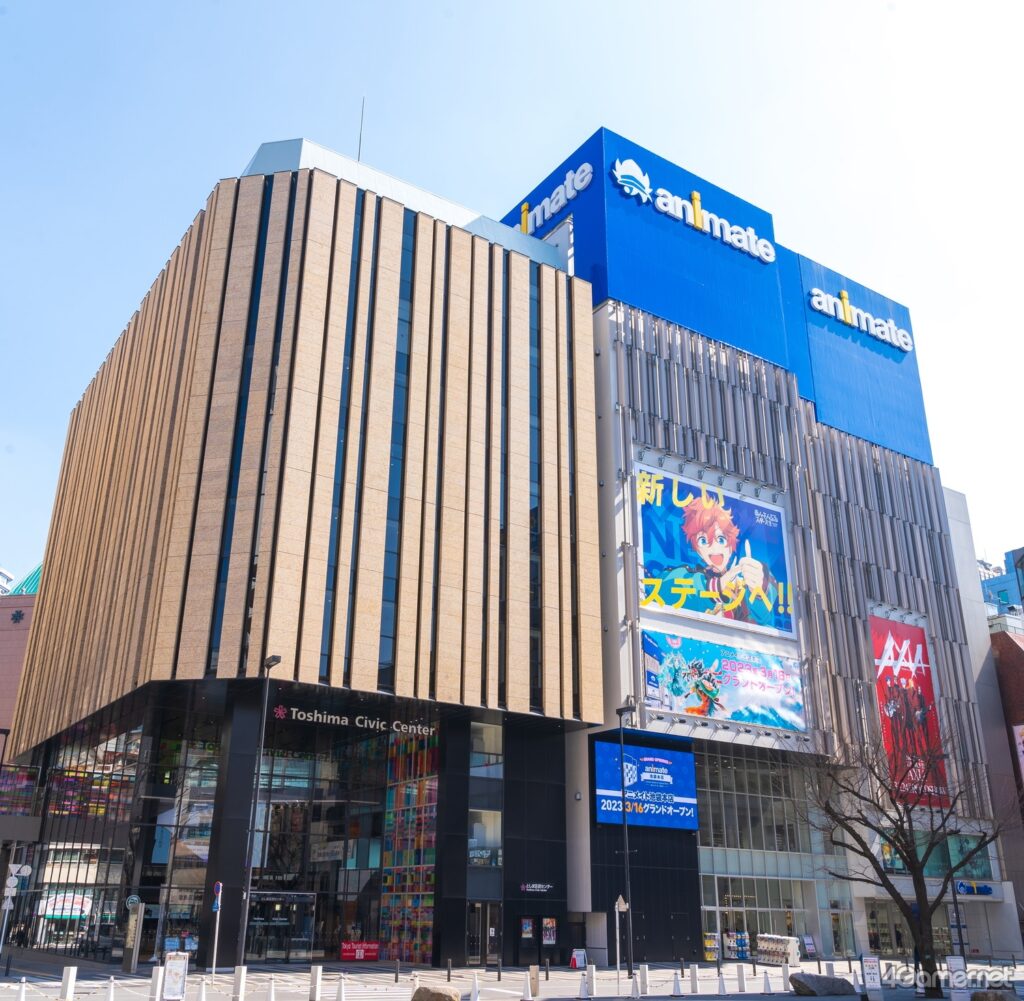
■ Mandarake Lalala (Ikebukuro store)
A treasure trove of retro finds—figures, books, DVDs, rare merch. A time capsule for collectors.
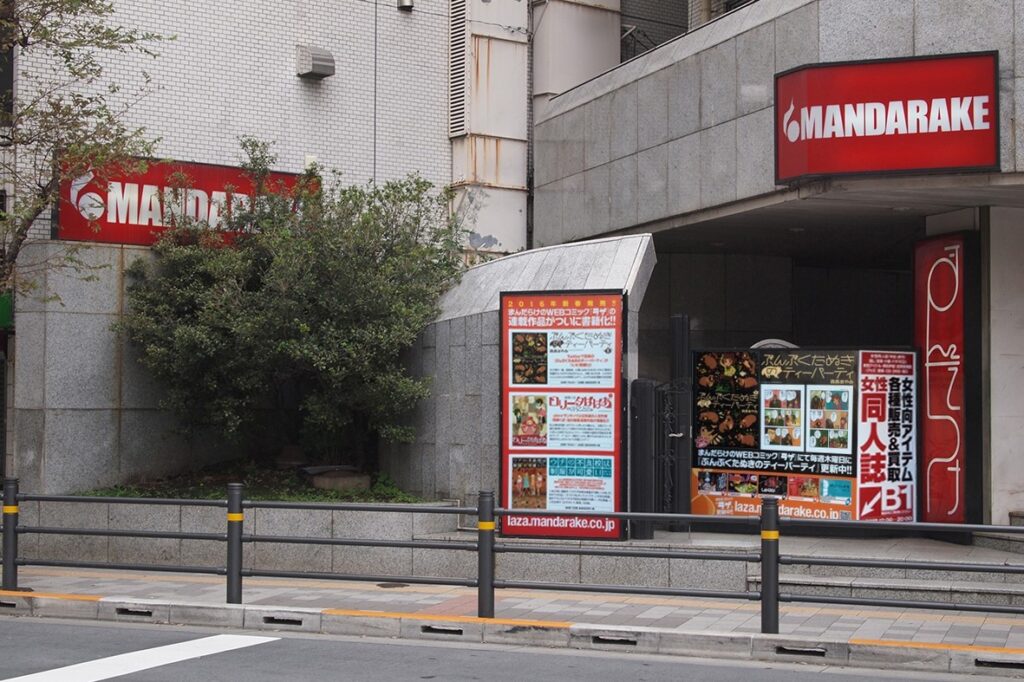
■ K-BOOKS (Otome Road area)
Multiple genre-specific stores dedicated to stage actors, seiyuu merch, BL doujin, and more.
■ BOOKOFF Ikebukuro Sunshine Street
Great for budget otaku hunting. Loads of secondhand manga, light novels, CDs, and games.
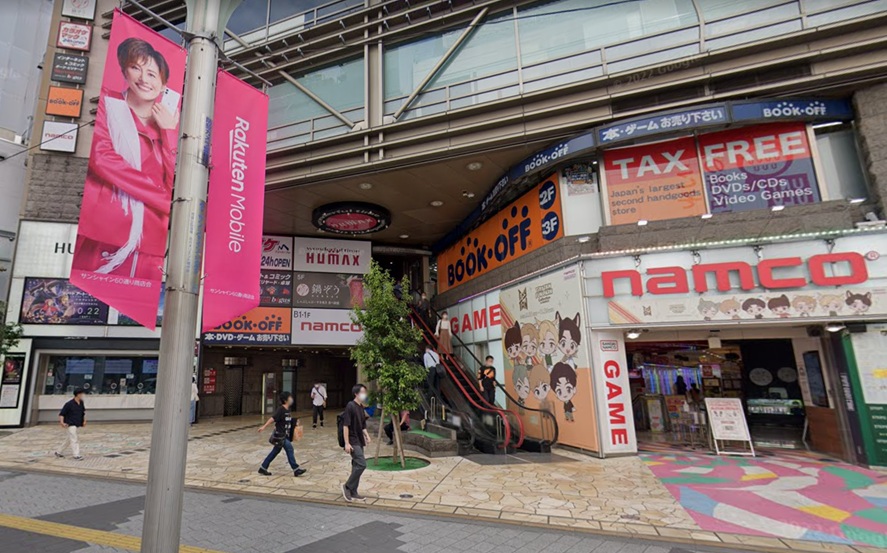
■ Pokémon Center MEGA TOKYO (Sunshine City)
Not just for kids—this flagship Pokémon store is beloved by tourists and long-time fans alike.
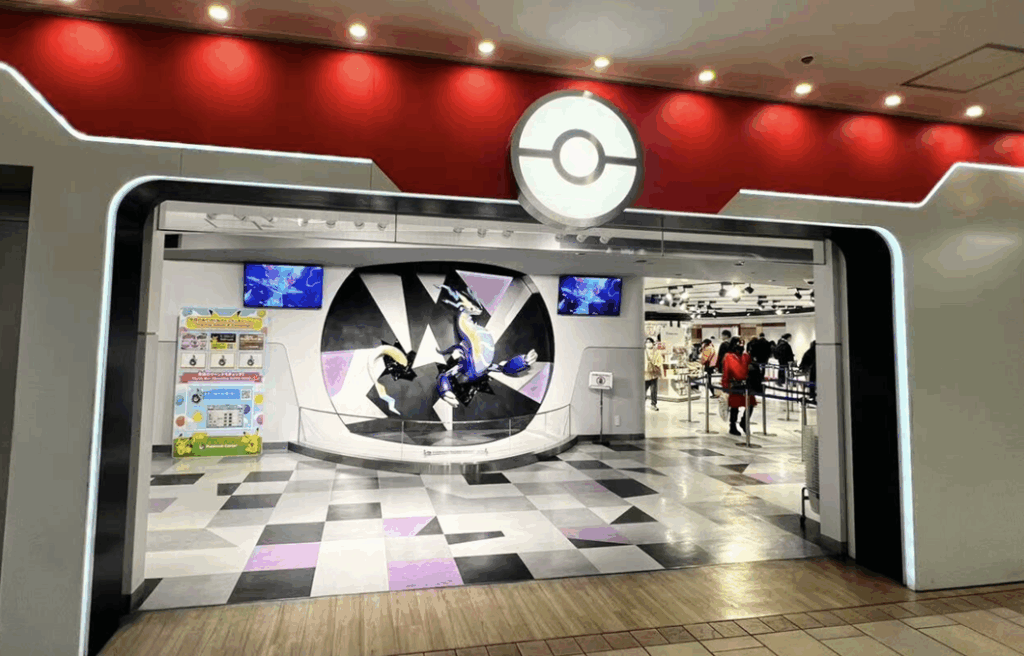
■ Indie Doujin Shops (Eastern Ikebukuro)
Couldn’t grab that doujinshi at Comiket?
Small shops hidden inside random office buildings in Higashi-Ikebukuro still carry limited-run “thin books.”
Most are unlisted on maps—only the worthy will find them.
■ Donguri Republic (Ghibli Store, Sunshine City)
Official Studio Ghibli store filled with Totoro, Kiki, and other iconic characters. Great for gifts, home goods, and childhood nostalgia.
Located inside Sunshine City—it’s perfect for fans traveling with kids or anyone who grew up with Ghibli magic.
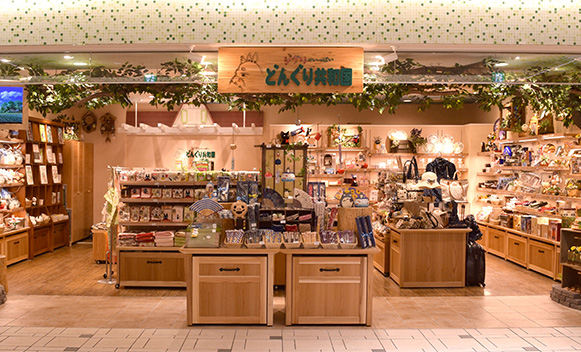
■ Collab Cafes (Limited-Time Events)
Themed cafés based on anime or games run regularly in Animate Café, PARCO, and other venues. (See separate article for upcoming listings.)
Ikebukuro was never meant to “replace” Akihabara.
But it grew into a different kind of town—where manga, music, fashion, games, theater, and fandom all coexist under one urban sky.
Things lost in Akihabara can still be found here.
But more importantly, Ikebukuro became something new:
A city where anyone can bring their “likes” and feel at home.

Born in Japan, raised in Toronto. I dive deep into anime, pop culture, and history — bringing both otaku vibes and global views.
